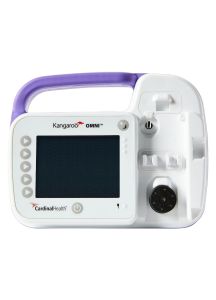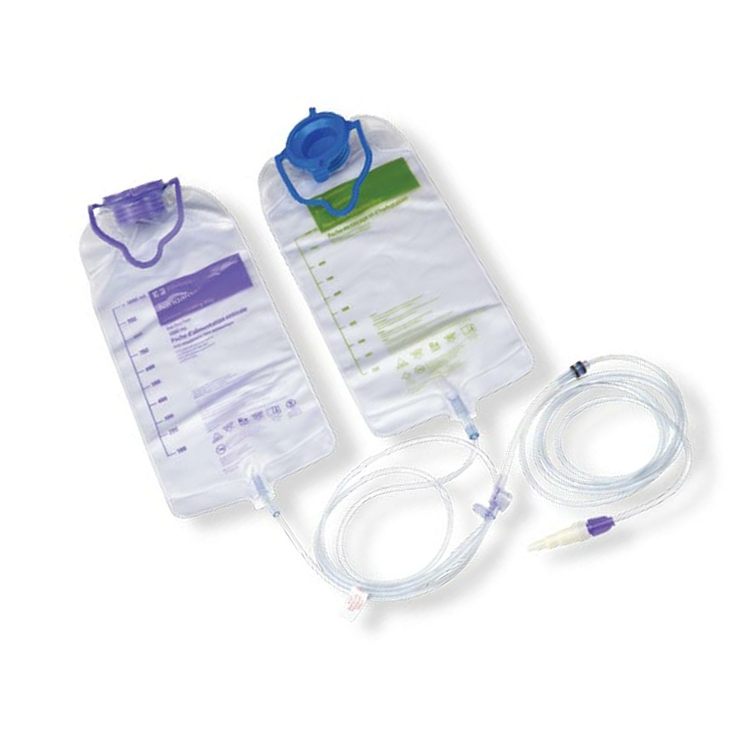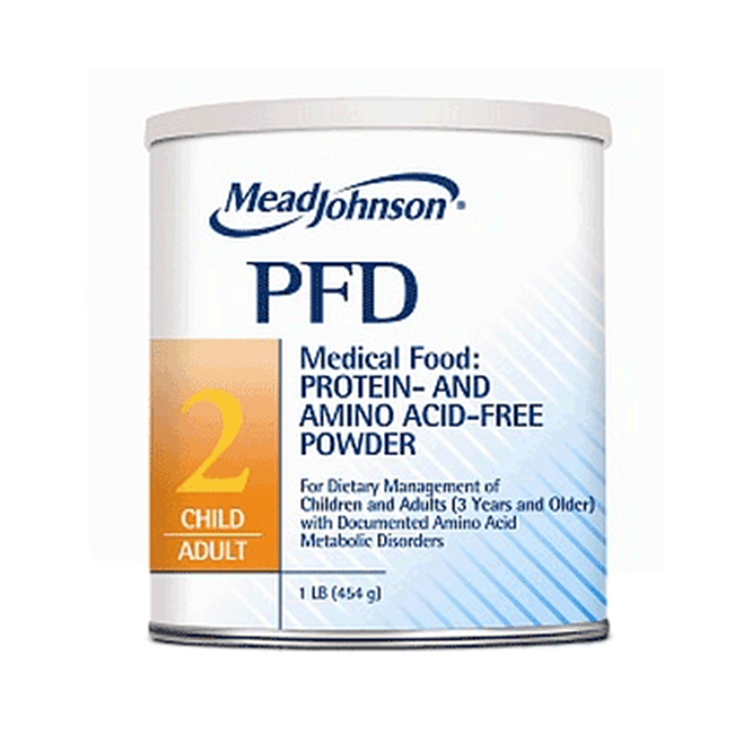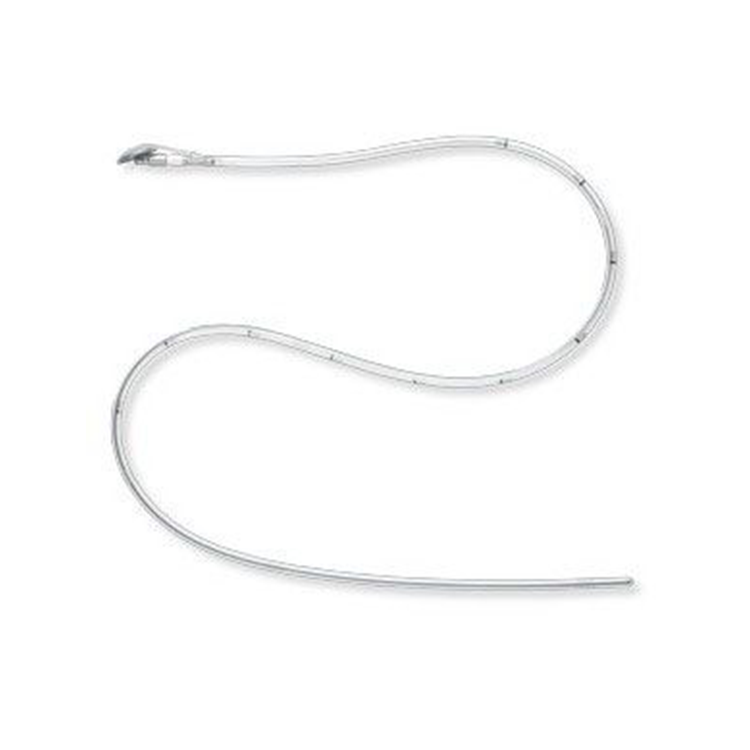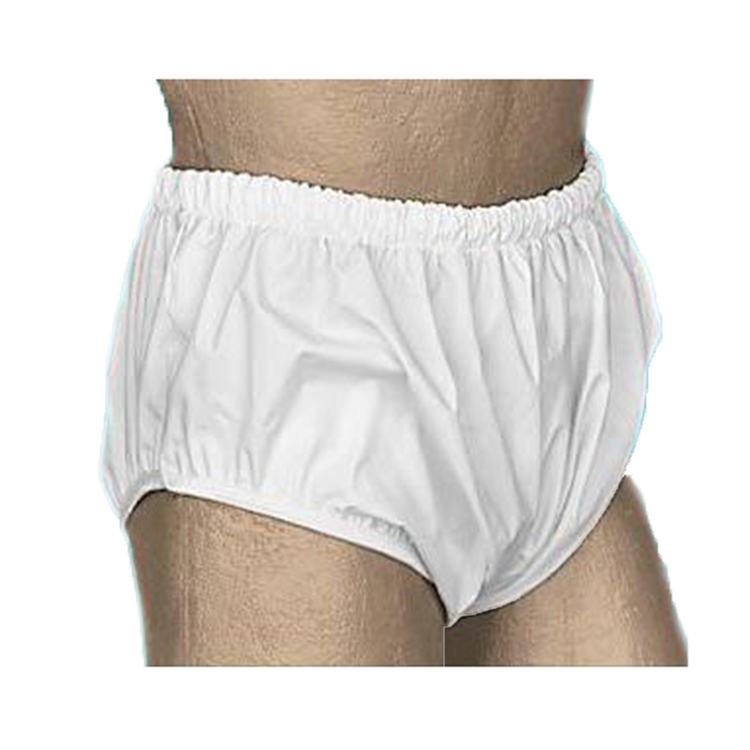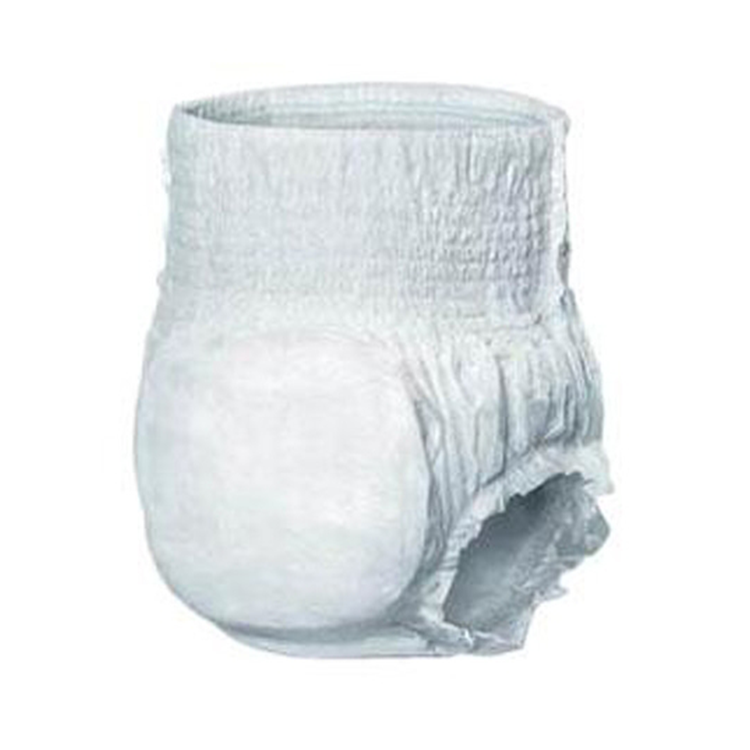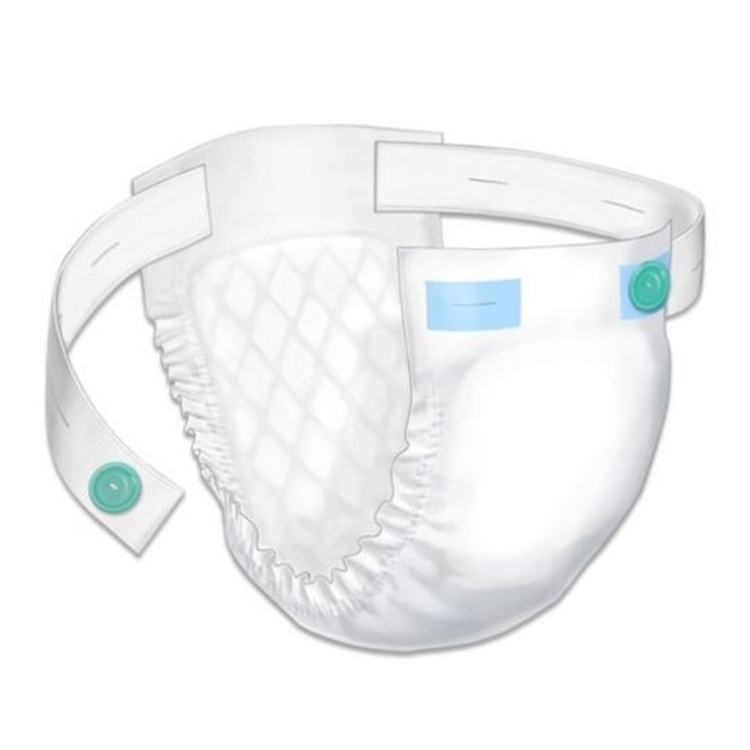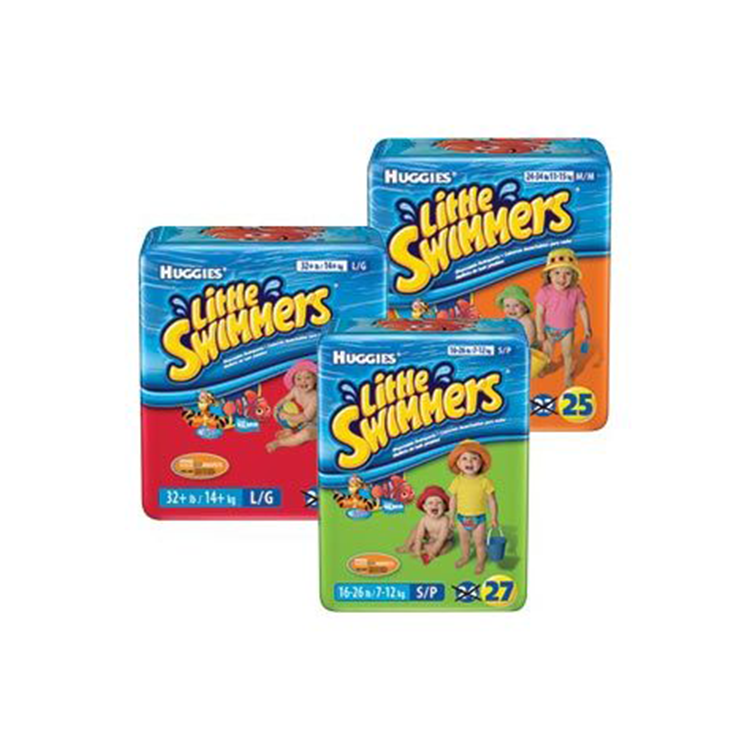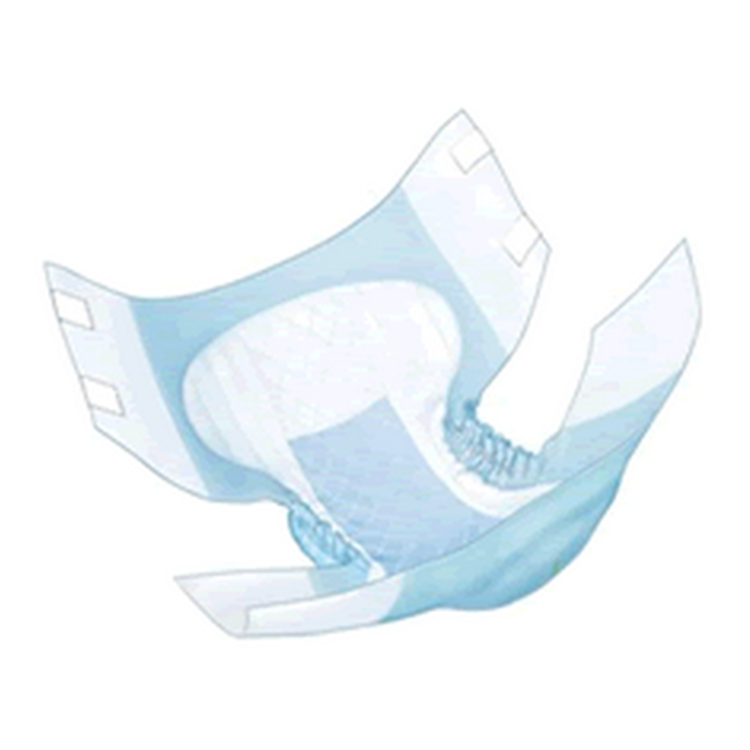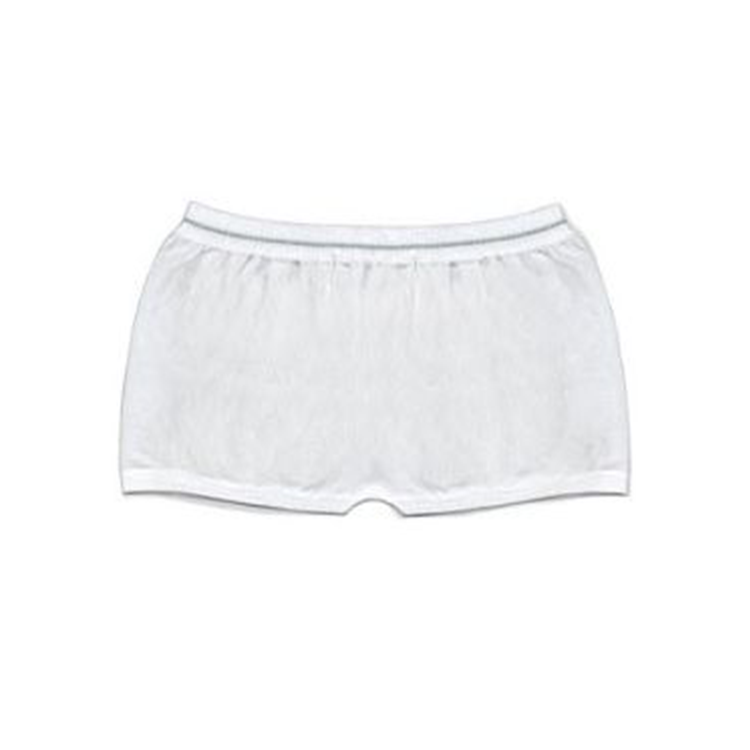What is a Feeding Pump?
A feeding pump is a medical device used to deliver nutrition to a patient through a tube. It is typically used for patients who are unable to eat or drink on their own, such as those with dysphagia, or difficulty swallowing. Feeding pumps are also used to deliver medications, such as insulin, to patients.
Types of Feeding Pumps
There are several types of feeding pumps available, including gravity-fed pumps, syringe pumps, and enteral pumps. Gravity-fed pumps use gravity to deliver nutrition, while syringe pumps use a plunger to push the nutrition through the tube. Enteral pumps are the most commonly used type of feeding pump, and they use a motor to deliver nutrition.
Benefits of Feeding Pumps
Feeding pumps provide a number of benefits to patients, including improved nutrition, increased comfort, and improved quality of life. Feeding pumps can also help reduce the risk of aspiration, which is when food or liquid enters the lungs instead of the stomach. Additionally, feeding pumps can help reduce the risk of dehydration, as they can deliver fluids directly to the patient.
Using a Feeding Pump
Using a feeding pump requires careful monitoring and maintenance. It is important to follow the instructions provided by the manufacturer, as well as any instructions provided by a healthcare professional. Additionally, it is important to regularly check the tube for any blockages or kinks, and to ensure that the pump is functioning properly.
Frequently Asked Questions (FAQ's)
Q: What is a feeding pump?
A: A feeding pump is a medical device used to deliver nutrition to a person through a tube. It is typically used for people who cannot eat or drink on their own, such as those with certain medical conditions or disabilities.
Q: How does a feeding pump work?
A: A feeding pump works by delivering a predetermined amount of nutrition through a tube. The pump is programmed to deliver the nutrition at a specific rate and over a certain period of time. The pump can be adjusted to meet the individual needs of the patient.
Q: What types of feeding pumps are available?
A: There are several types of feeding pumps available, including gravity-fed pumps, syringe pumps, and enteral pumps. Each type of pump has its own advantages and disadvantages, so it is important to discuss the options with a healthcare provider to determine which type is best for the individual.
Q: Are there any risks associated with using a feeding pump?
A: Yes, there are some risks associated with using a feeding pump. These include the risk of infection, blockage of the tube, and overfeeding. It is important to follow the instructions provided by the healthcare provider to minimize the risks associated with using a feeding pump.

